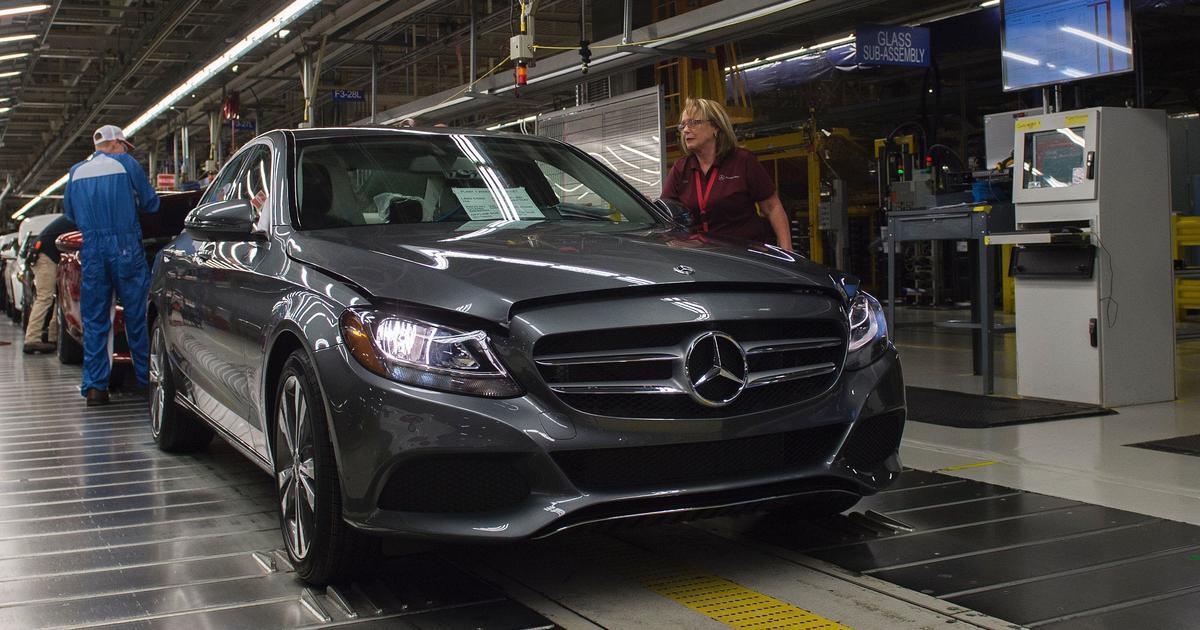GM Workers Start Collecting $250 Daily Strike Pay As Stoppage Reaches Day 8
(CNN) -- As the United Auto Workers' union strike against General Motors entered its second week Monday, strikers for the first time became eligible for modest strike benefits of $250 a week.
Many strikes are over quickly. In 2007, the last national strike against GM lasted only a few days. Another UAW strike against Chrysler that year was resolved in a matter of hours. To protect its strike fund, the UAW doesn't start parceling out strike benefits to members until Day 8.
The strike benefits will cost the union about $12.5 million a week. The UAW is also paying for members' health insurance during the strike, making Cobra payments on their behalf. The union had nearly $800 million in its strike fund at the end of last year, meaning that it could go about a year paying strike benefits before it would deplete the fund. The fund is built up over time by UAW member dues, which can come to about 2-1/2 hours pay per month.
Negotiators from the union and General Motors were back at it on Monday morning, after holding talks throughout the weekend. The two sides report making some progress but say they remain far apart on many key issues. The strike began in the early hours of Monday, September 16.
The union is pressing the company to agree to relocate some vehicles built at plants in Mexico to the two US assembly plants that are slated to close. The union said GM builds far more vehicles in Mexico than rivals Ford of FiatChrysler.
GM said it has put forward "solutions" for the two plants — in Lordstown, Ohio and Detroit — and is offering to invest $7 billion in its American operations to create or keep 5,400 hourly jobs. A person familiar with the company's offer said it is proposing to build an electric truck in the Detroit plant and lithium batteries for electric vehicles in Lordstown. But that work probably wouldn't begin for several years, meaning the plants would be dark until then.
GM announced plans to close those facilities, as well as transmission plants in Warren, Michigan, and Baltimore in November. The four plants employed about 3,000 hourly workers when those closings were announced. GM said it has found other jobs for about 2,300 of those workers, but many people had to relocate.
The union and company are also reportedly still not in agreement on GM's use of temporary hourly workers, as well as about wages and benefits.
The strike is the longest national strike against GM in more than 20 years, one or two plants have been the target of longer strikes in the past. This strike has shut all of GM's 31 US factories spread across nine states, mostly in the center of the country, as well as 21 other facilities, idling nearly 50,000 hourly workers. It is the largest strike against a private sector business since the 2007 strike against GM.
The $250 benefits are much less than the pay that union members are losing because of the strike. GM says that hourly workers earn an average of $90,000 a year, although that includes profit sharing and overtime. To qualify for the strike pay, workers must walk the picket line or do other things related to the strike.
The strike benefits also are subject to income tax. The union will issue 1099 forms to members if their benefits cross the $600 mark.
There is pressure on GM to reach a settlement sooner rather than later. Moody's credit rating agency has warned that if the strike goes on for "more than one-to-two weeks," it could end up having its debt rating lowered to junk bond status. That could raise the cost of its borrowing in the future.
GM's debt was downgraded into junk bond status in 2005, several years before it ended up in bankruptcy court and in need of a federal bailout in 2009. It took until 2013 for it to shake that rating, and have its debt classified as "investment grade."
The-CNN-Wire™ & © 2019 Cable News Network, Inc., a Time Warner Company. All rights reserved.



